1. Girls Must Wear Dresses or Skirts to School
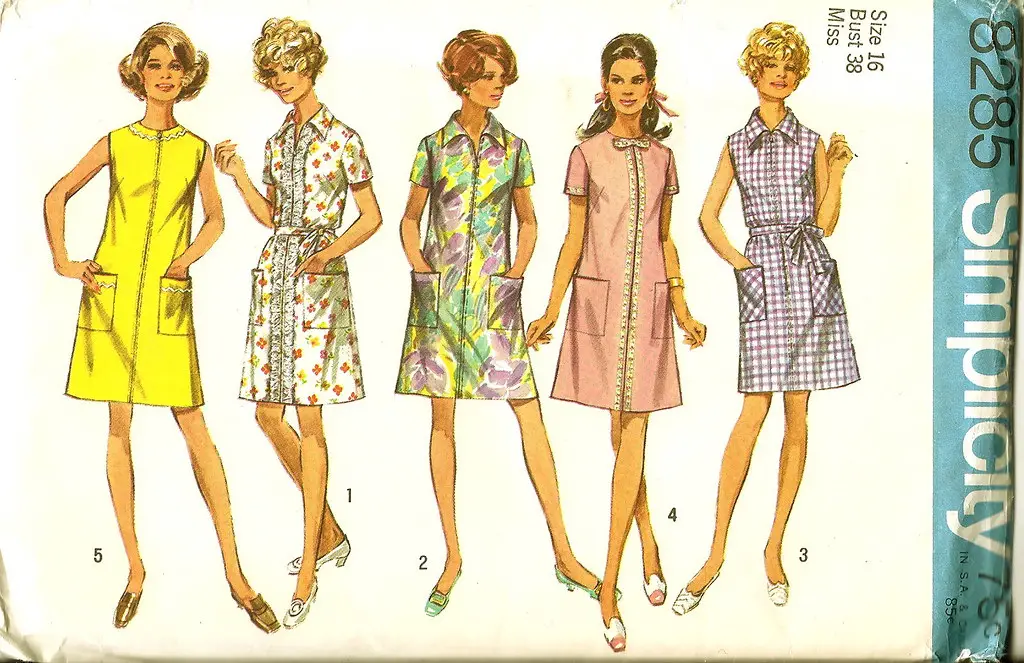
Pants? For girls? Unthinkable! In the 1960s, many schools had strict dress codes that required girls to wear dresses or skirts, often with a very conservative length. These rules, designed to promote
2. No Dating Until 16
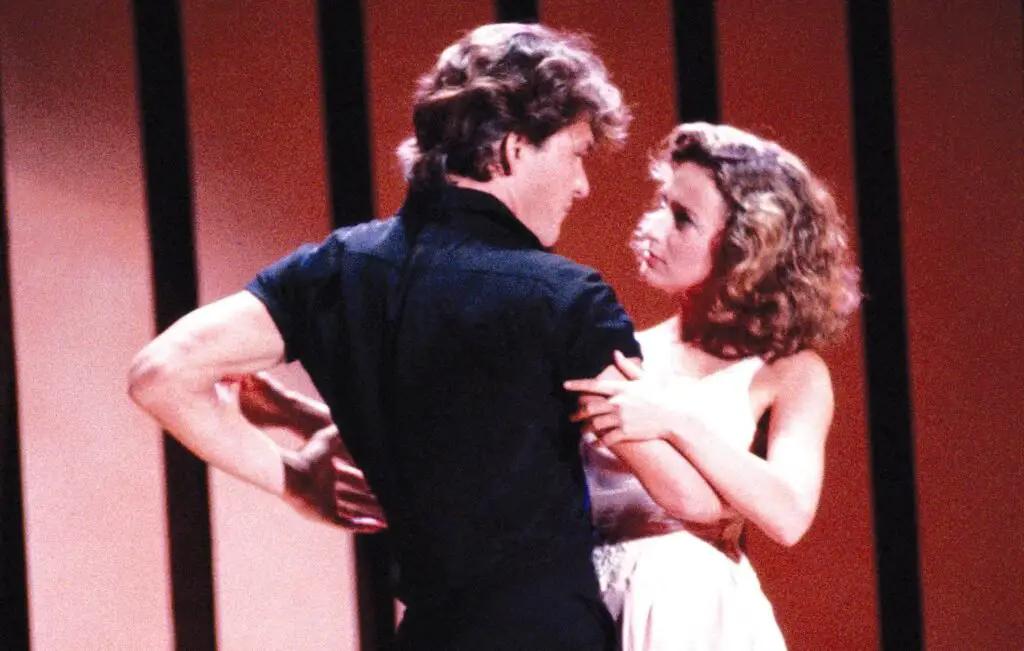
In the 1960s, many parents set strict rules about dating—16 was the magic number. Before that, group outings or double dates were the only acceptable social interactions with the opposite sex. The rule was meant to protect kids from “growing up too fast,” but for many teenagers, it felt like a major roadblock to socializing. It’s hard to imagine teens today being so restricted!
3. Be Home by 10 PM—No Exceptions

Curfews were non-negotiable in the ‘60s, with 10 PM being the universal deadline for most teenagers. Whether you were at a school dance, the movies, or just hanging with friends, you knew you had to make it home on time. The reasoning was simple: nothing good happens after 10. But in reality, it felt like the fun was just beginning as the clock struck 10.
4. No Talking on the Phone for More Than 10 Minutes
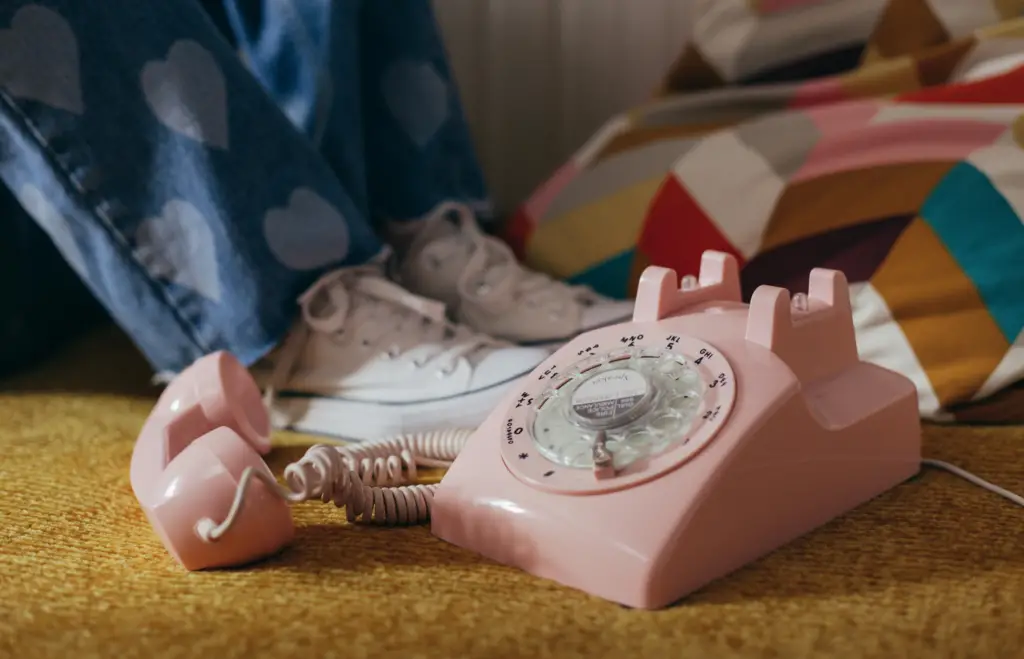
Back in the day of landlines, phone rules were strict. You were expected to keep it short—after all, the whole family shared one phone! Parents often limited conversations to just 10 minutes, no matter how important they seemed. Today, teens can text for hours, but back then, getting cut off mid-conversation was a regular source of frustration.
5. No Going Steady
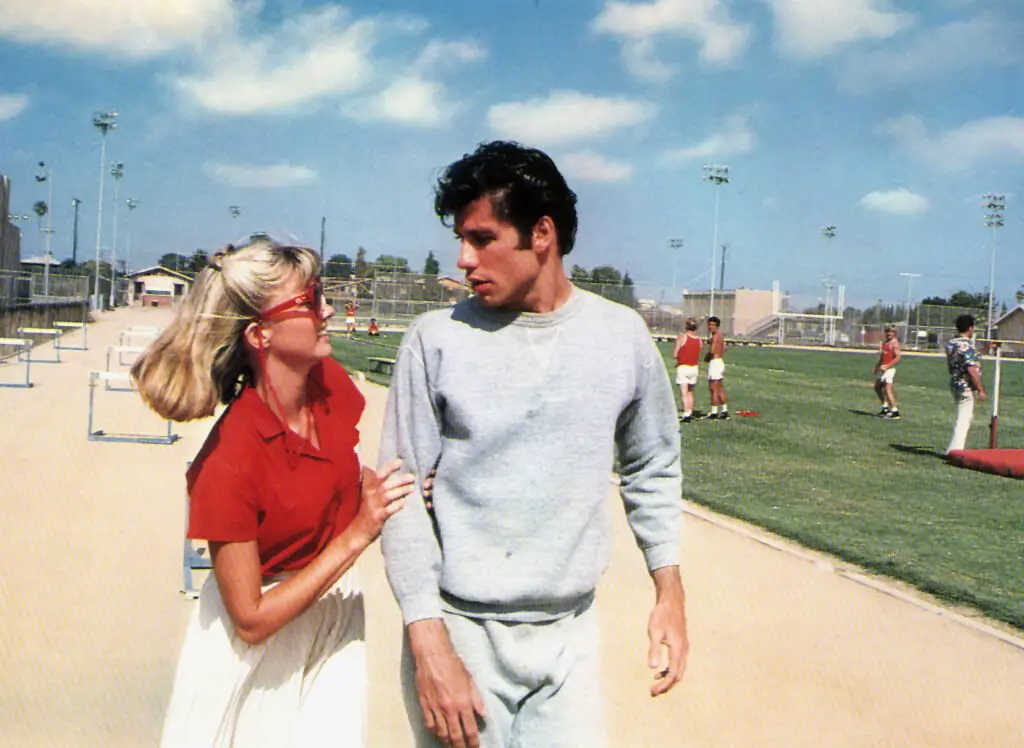
“Going steady” was considered a bit scandalous in the early ‘60s, especially for younger teens. Parents worried that focusing on one person might lead to more serious behavior or take away from schoolwork. You were expected to “play the field” until you were older. But for many teens, going steady was a badge of honor, and sneaking around those rules felt like part of the excitement.
6. No Listening to Rock ‘n’ Roll After Dinner

Many parents saw rock ‘n’ roll as a rebellious influence, and as a result, listening to music like Elvis, The Beatles, or The Rolling Stones was often discouraged, especially after dinner. Quiet time for family conversations was the priority. But teenagers saw music as an outlet for their creativity and independence, and getting banned from listening to it felt like the ultimate punishment.
7. Homework Before Everything Else

This was a biggie—no TV, no phone, no socializing until the homework was done. Parents believed in the value of a strong education and kept strict routines around study time. While the intention was good, teens often rushed through assignments or daydreamed about the fun they were missing out on, making the rule feel more like a chore than a pathway to success.
8. Only One Television in the House

In the 1960s, most households had just one TV, and that meant one show at a time. Whoever controlled the remote (usually the parents) dictated what everyone watched. If your favorite program conflicted with your dad’s sports game or mom’s soap opera, you were out of luck. Kids today with personal screens everywhere would find this rule ridiculous, but it was reality for us.
9. Chores Before Going Out

No matter what you had planned for the weekend, it was always conditional on completing your chores first. Cleaning your room, mowing the lawn, or washing dishes were non-negotiable tasks before any fun could happen. The rule was meant to teach responsibility, but for a teenager eager to hang with friends, it felt like an endless delay to the weekend.
10. No Leaving the Dinner Table Until You’ve Finished Everything

The clean plate rule was a household staple in the ‘60s. Parents insisted that you had to finish every bite on your plate before you could leave the table, no matter how full you were. Even worse was when you had to eat something you hated—liver and onions, anyone? For teens, this rule felt less about nourishment and more like a test of endurance.
11. No Solo Car Rides with the Opposite Sex

If you were going out with someone of the opposite sex, you had better believe a chaperone or group would be involved. Solo car rides were seen as a fast track to trouble, and parents set this rule to keep things in check. But for many teens, this felt like an unnecessary invasion of privacy and made dating seem even more complicated.
12. No Long Hair for Boys

Long hair on boys was seen as rebellious, and many schools had strict grooming policies. Parents often mirrored this belief, insisting that their sons keep clean-cut looks to fit into societal norms. This rule was particularly irksome as the late ‘60s rock scene took over, with bands like The Beatles and The Rolling Stones pushing hair lengths into new territory.
13. No Makeup Until You’re Older
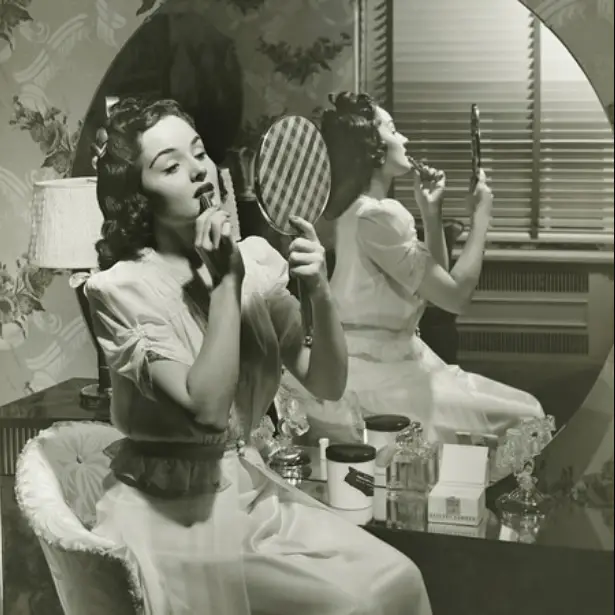
For girls, makeup was often considered inappropriate until they reached a certain age, usually around 16. Parents worried it made their daughters look “too mature,” but for teens eager to experiment with style and appearance, it felt like a prison sentence. The irony is, many teenagers snuck their makeup in their lockers anyway.
14. Boys and Girls Swim Separately in School

Many schools had separate swim classes for boys and girls, and in some cases, girls were even required to wear heavy swim caps to preserve modesty. The rule aimed to maintain decency and prevent any “distractions,” but for teenagers, it just felt ridiculous. Swimming should have been about fun, not navigating outdated social taboos.
15. No Going Out on School Nights

No matter how much you pleaded, going out on a weeknight was almost always off-limits. Parents believed in the importance of sleep and schoolwork, which meant fun was reserved for weekends only. For teens, though, this rule felt particularly limiting, especially if there was a concert or special event you were dying to attend.
These rules may have been designed to keep us in line, but as teens in the 1960s, they often felt stifling and over the top. Looking back, it’s hard not to laugh at how strict things were, especially compared to today’s more relaxed standards. But, they were also part of what shaped our generation, giving us plenty to reminisce about over the years.


